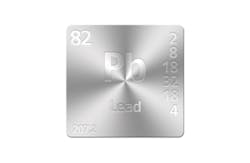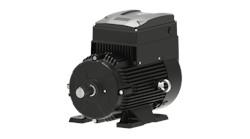We have published a variety of articles discussing the new lead reduction standards going into effect at the beginning of 2014 with the Reduction of Lead in Drinking Water Act, an amendment to the Safe Drinking Water Act (SDWA).
You can find extensive information on the replacement of lead-containing water meters here, read about the issues surrounding lead contamination in this article from our October issue or reference the December 2013 edition of Professor POU/POE for information on the new lead requirements.
Here, we take you through the need-to-know facts about the new law and the steps you can take to prepare now, if you haven’t already.
What you need to know
- The Reduction of Lead in Drinking Water Act, passed in 2011, is an amendment to the Safe Drinking Water Act (SDWA), and goes into effect January 4, 2014.
- The new law mandates that the amount of lead in wetted surfaces of pipes, pipe fittings, plumbing fittings and fixtures, from the source to the tap for all structures whether residential or commercial, cannot exceed a weighted average of 0.25 percent. The 0.20 percent lead limit for solders and flux that was implemented in 1986 is still maintained. For reference, the previous limit for lead was 8 percent.
- These wetted parts include water meters, backflow and check valves and any other products that come in contact with water meant for human consumption.
- Any products that meet the new requirements are deemed “lead free.”
- Any fixtures or equipment that comes in contact with water not meant for potable use, such as water for manufacturing or irrigation, toilets or washing machines, are excluded from the new regulations.
- There is no standard for marking “lead-free” products in the industry. Each manufacturer may mark products differently, so it is important to check the individual product lead measurements to be sure they are compliant with the law.
- The law does not mandate retrofitting or replacing already-installed equipment.
- Since the law is enforced by state and local codes, questions about specific products not specifically mentioned in the law should be brought to the local authority.
- NSF/ANSI Standard 61 was already fully compliant with the new lead-content requirements at the time of their passage. Many states and utilities already required manufacturers to have products tested to verify their compliance with NSF standards.
Information sources:
Read the “Summary of the Reduction of Lead in Drinking Water Act and Frequently Asked Questions” from the U.S. Environmental Protection Agency here.
Read FAQ from the Get the Lead Out Plumbing Consortium here.
Read FAQ from the U.S. Environmental Protection Agency here.
Read the full Reduction of Lead in Drinking Water amendment here.


